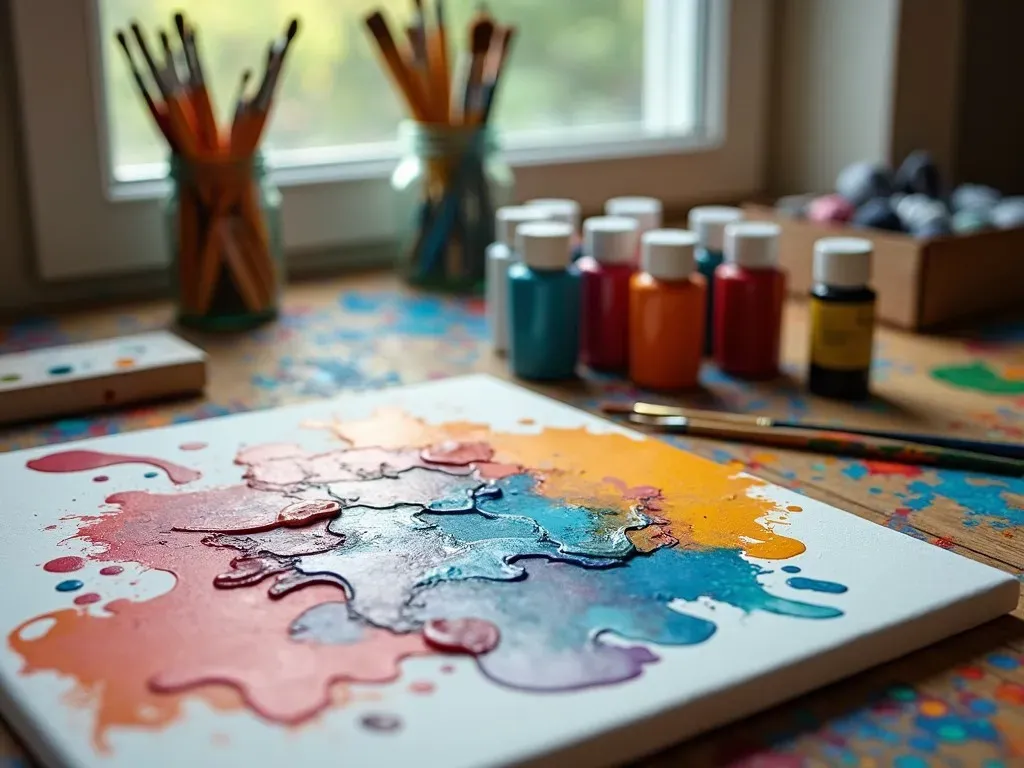If you’re asking yourself, "where can I buy oil based paint?", you’re not alone. Oil based paints are a popular choice due to their durability, smooth finish, and versatility for both interior and exterior applications. Many homeowners and DIY enthusiasts prefer oil based products for projects requiring a professional touch.
Types of Oil Based Paint
Oil based paints can be categorized into several types, suited for different applications:
- Oil Based Interior Paint: This type is designed for interior surfaces and provides excellent durability against wear and tear.
- Oil Based Outdoor Paint: Specifically formulated to withstand the elements, ensuring your exterior surfaces maintain their aesthetic appeal over time.
- Oil Based House Paint: Used for various surfaces like siding and trim, this paint is known for its excellent adhesion and longevity.
- Oil Based Wall Paint: Ideal for creating a robust and vibrant look in rooms, especially those that see a lot of traffic.
Common Uses of Oil Based Paint
Oil based paints are commonly used in the following applications:
| Application | Description |
|---|---|
| Trim and Molding | Provides a rich finish that highlights architectural features. |
| Doors | Offers durability against wear and enhances appearance. |
| Furniture | Capable of forming a hard finish, making it ideal for wooden furniture. |
| Outdoors | Perfect for fences and siding, as it withstands weather conditions. |
Top Retailers to Buy Oil Based Paint
When it comes to buying oil based paint, various retailers provide a wide range of options. Here are some of the top places where you can purchase oil based paint:
1. The Home Depot
Website: Home Depot Oil Based Paint
The Home Depot is a leading supplier of home improvement products, offering a comprehensive selection of oil based paints, including exterior and interior options. Their paint department is well-stocked with various brands and colors.
2. Lowe’s
Website: Lowe’s Oil Based Paint
Lowe’s is another excellent choice for purchasing oil based paint. They provide nicely categorized sections for indoor and outdoor paints, ensuring you’re able to find the right option for your project with ease.
3. Sherwin-Williams
Website: Sherwin-Williams Oil Based Paint
Sherwin-Williams is known for their high-quality paints and coatings. They have a range of oil based paints suitable for different applications, available in various sheens and colors.
4. Behr
Website: Behr Oil Based Paint
Behr offers a selection of oil based paints that promise both durability and aesthetic appeal. Their paints are designed for easy application and consistent results.
Factors to Consider When Buying Oil Based Paint
When purchasing oil based paint, several considerations can greatly influence your final decision:
- Finish Type: Oil based paints are available in various finishes, including gloss, satin, and eggshell. Choose depending on your desired look.
- Color Range: Ensure the retailer offers a broad spectrum of colors to find the perfect shade for your project.
- Environment Friendly Options: Some oil based paints have low volatile organic compound (VOC) levels. Check product labels if environmental impact is a concern for you.
- Brand Reputation: Opt for reputable brands to ensure the quality and durability of the paint.
Price Range for Oil Based Paint
Here’s a breakdown of typical prices for various types of oil based paints:
| Type of Paint | Price Range |
|---|---|
| Interior Oil Based Paint | $20 – $50 per gallon |
| Exterior Oil Based Paint | $30 – $60 per gallon |
| Specialty Oil Based Paint | $40 – $80 per gallon |
Frequently Asked Questions (FAQ)
Q1: What are the benefits of using oil-based paint?
A1: Oil-based paints provide a durable finish that is resistant to wear, making them ideal for high-traffic areas. They also offer better adhesion and leveling properties compared to latex paints.
Q2: Can I use oil-based paint outside?
A2: Yes, oil-based paints are excellent for exterior applications, thanks to their resistance to UV light and weather conditions. They maintain their sheen and color over time.
Q3: How long does oil-based paint last?
A3: When correctly applied, oil-based paints can last anywhere from 5 to 10 years on exterior surfaces, depending on weather conditions and maintenance.
Q4: Is oil-based paint safe to use indoors?
A4: While oil-based paints have been a staple indoors, many now prefer low-VOC or water-based alternatives. Always ensure good ventilation while using oil-based paints indoors.
Additional Resources
For more information on oil-based paints, including color selections and technical specifications, check out PaintsMag.
By exploring the various options available, understanding the benefits and applications of oil based paints, and selecting the right store, you can find the perfect product for your next DIY project or home improvement task. Whether it’s a simple touch-up or a complete repaint, oil based paints remain a reliable choice for lasting beauty and durability.
